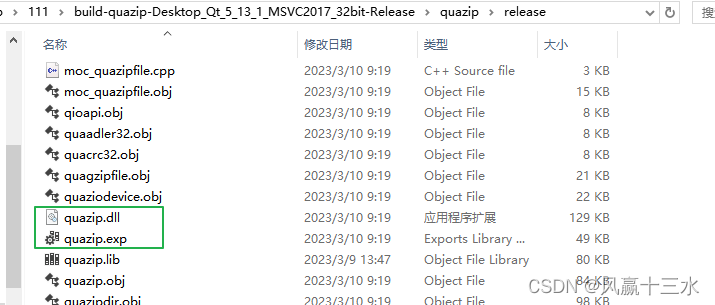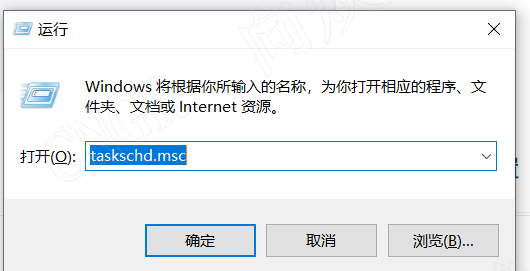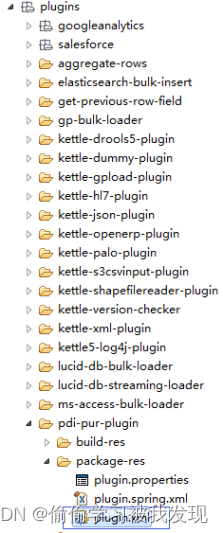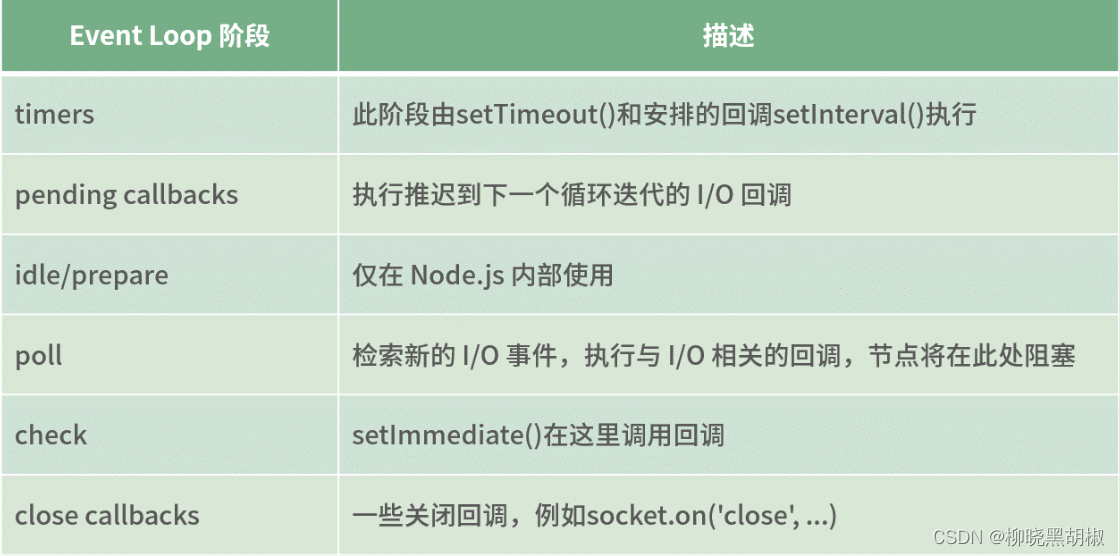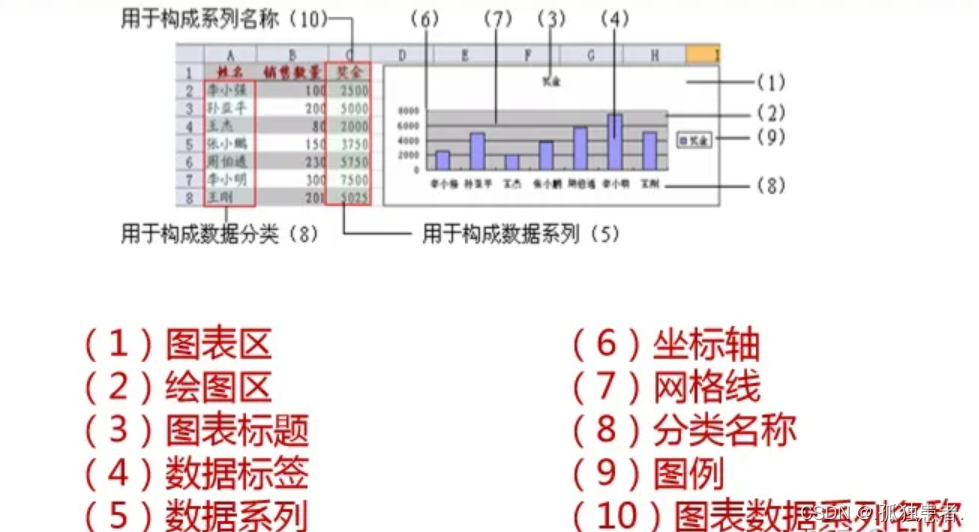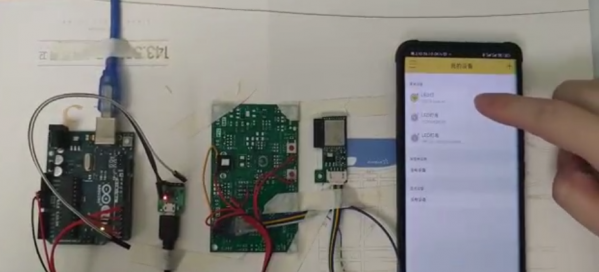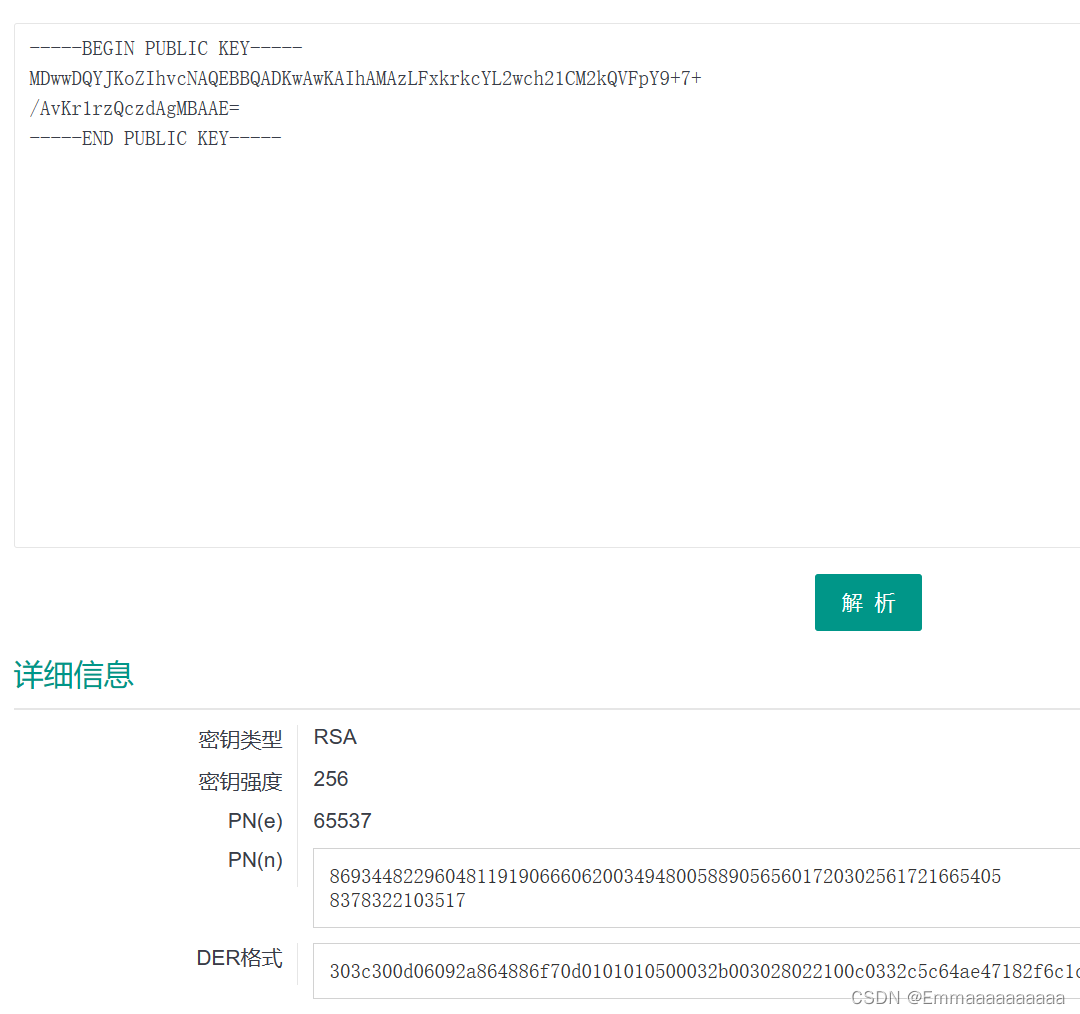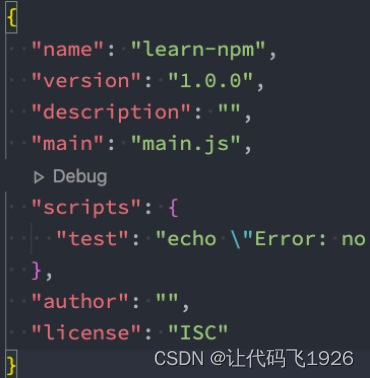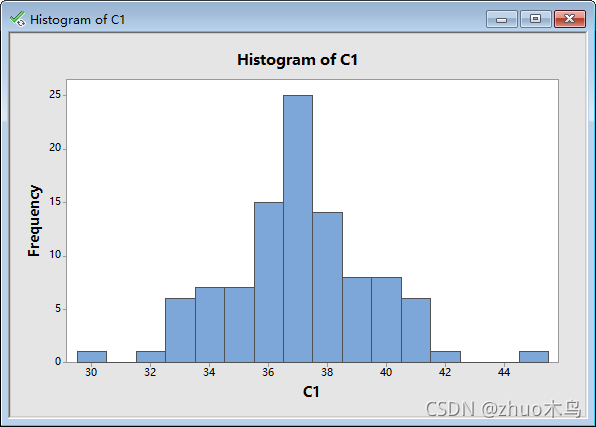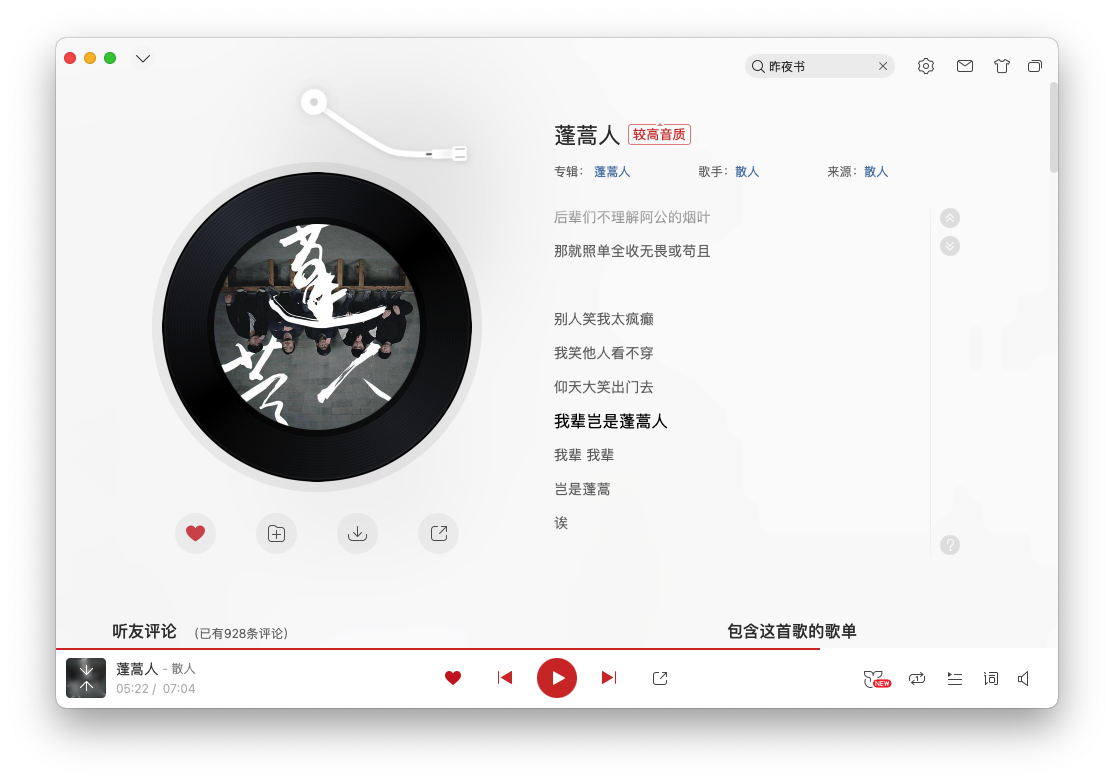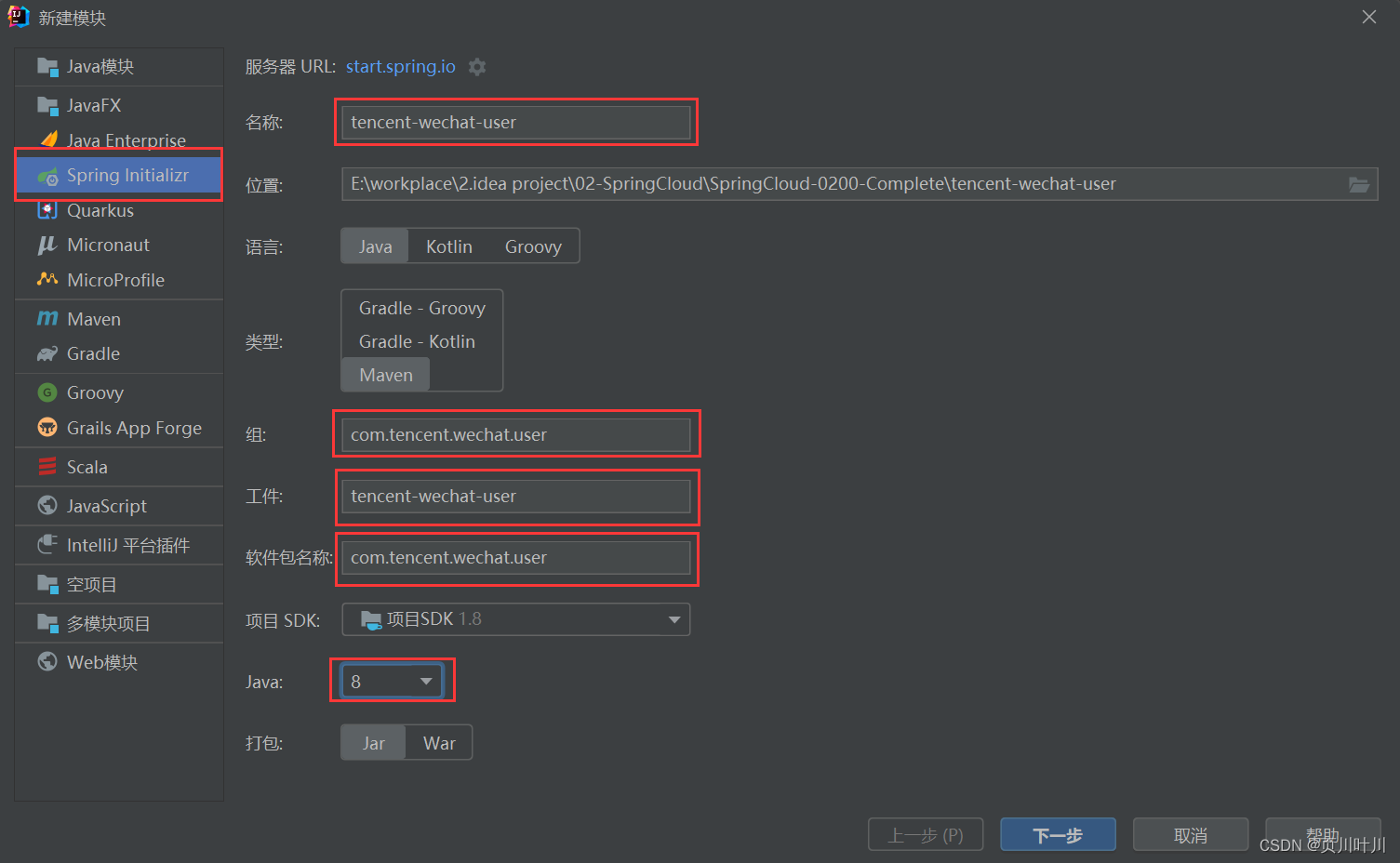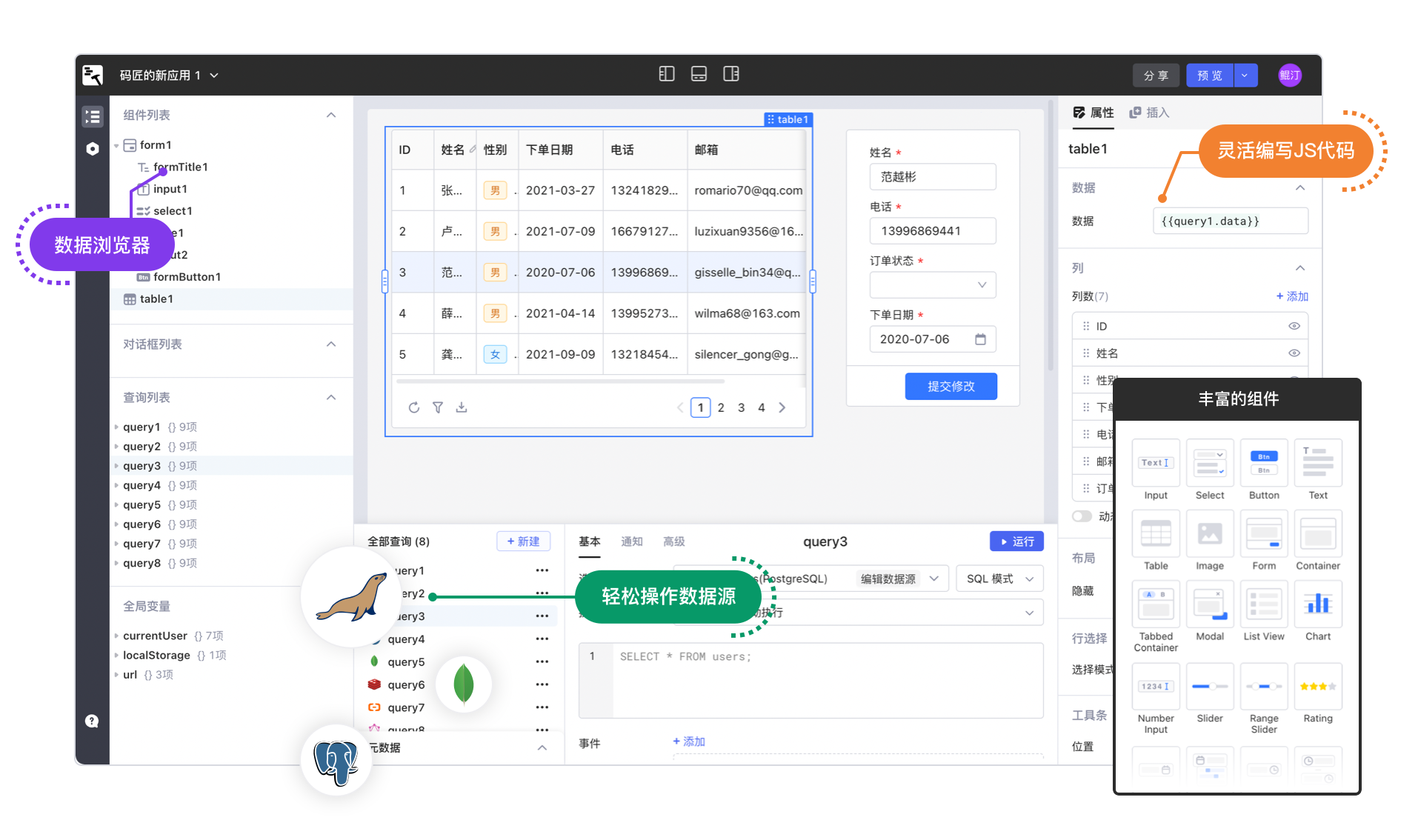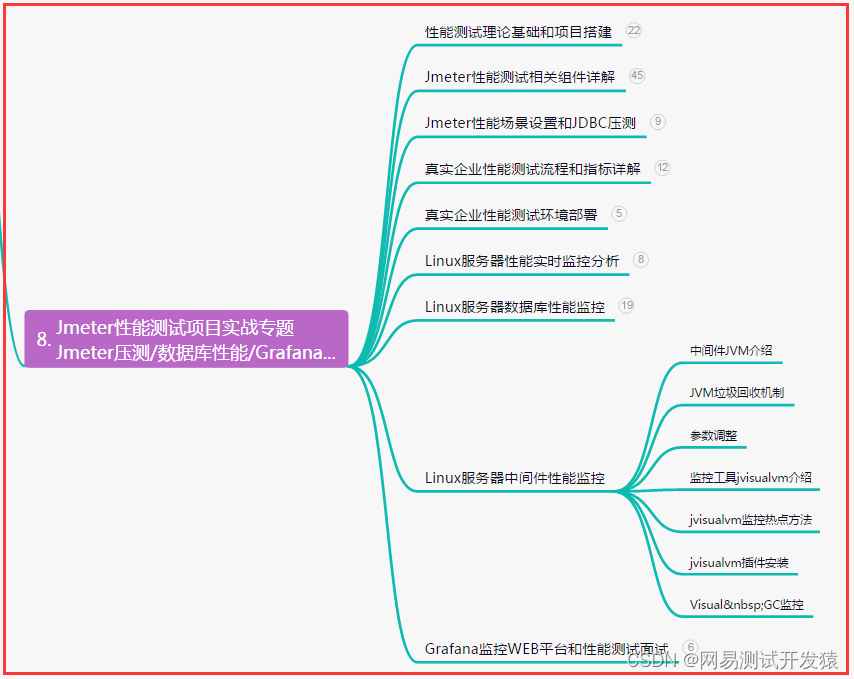1。 ## 常用组件底层代码解析
List 底层代码剖析
List是一个C#中最常见的可伸缩数组组件,我们常常用它来替代数组,因为它是可伸缩的,所以我们在写的时候不用手动去分配数组的大小。甚至有时我们也会拿它当链表使用。那么到底它的底层是怎么编写的呢,每次增加和减少以及赋值,内部是怎么执行和运作的呢?我们接下来就来详细的讲解。

我们首先来看看List的构造部分,源码如下:
public class List<T> : IList<T>, System.Collections.IList, IReadOnlyList<T>
{
private const int _defaultCapacity = 4;
private T[] _items;
private int _size;
private int _version;
private Object _syncRoot;
static readonly T[] _emptyArray = new T[0];
// Constructs a List. The list is initially empty and has a capacity
// of zero. Upon adding the first element to the list the capacity is
// increased to 16, and then increased in multiples of two as required.
public List() {
_items = _emptyArray;
}
// Constructs a List with a given initial capacity. The list is
// initially empty, but will have room for the given number of elements
// before any reallocations are required.
//
public List(int capacity) {
if (capacity < 0) ThrowHelper.ThrowArgumentOutOfRangeException(ExceptionArgument.capacity, ExceptionResource.ArgumentOutOfRange_NeedNonNegNum);
Contract.EndContractBlock();
if (capacity == 0)
_items = _emptyArray;
else
_items = new T[capacity];
}
//...
//其他内容
}
从源码中可以知道,List 继承于IList,IReadOnlyList,IList是提供了主要的接口,IReadOnlyList提供了迭代接口。
IList源码
IReadOnlyList源码
看构造部分,我们明确了,List内部是用数组实现的,而不是链表,并且当没有给予指定容量时,初始的容量为0。
也就是说,我们可以大概率推测List组件在Add,Remove两个函数调用时都采用的是“从原数组拷贝生成到新数组”的方式工作的。
下面我们来看下,我们的猜测是否正确。
Add接口源码:
// Adds the given object to the end of this list. The size of the list is
// increased by one. If required, the capacity of the list is doubled
// before adding the new element.
//
public void Add(T item) {
if (_size == _items.Length) EnsureCapacity(_size + 1);
_items[_size++] = item;
_version++;
}
// Ensures that the capacity of this list is at least the given minimum
// value. If the currect capacity of the list is less than min, the
// capacity is increased to twice the current capacity or to min,
// whichever is larger.
private void EnsureCapacity(int min) {
if (_items.Length < min) {
int newCapacity = _items.Length == 0? _defaultCapacity : _items.Length * 2;
// Allow the list to grow to maximum possible capacity (~2G elements) before encountering overflow.
// Note that this check works even when _items.Length overflowed thanks to the (uint) cast
if ((uint)newCapacity > Array.MaxArrayLength) newCapacity = Array.MaxArrayLength;
if (newCapacity < min) newCapacity = min;
Capacity = newCapacity;
}
}
上述List源代码中的Add函数,每次增加一个元素的数据,Add接口都会首先检查的是容量还够不够,如果不够则用 EnsureCapacity 来增加容量。
在 EnsureCapacity 中,有这样一行代码:
int newCapacity = _items.Length == 0? _defaultCapacity : _items.Length * 2;每次容量不够的时候,整个数组的容量都会扩充一倍,_defaultCapacity 是容量的默认值为4。因此整个扩充的路线为4,8,16,32,64,128,256,512,1024…依次类推。
List使用数组形式作为底层数据结构,好处是使用索引方式提取元素很快,但在扩容的时候就会很糟糕,每次new数组都会造成内存垃圾,这给垃圾回收GC带来了很多负担。
这里按2指数扩容的方式,可以为GC减轻负担,但是如果当数组连续被替换掉也还是会造成GC的不小负担,特别是代码中List频繁使用的Add时。另外,如果数量不得当也会浪费大量内存空间,比如当元素数量为 520 时,List 就会扩容到1024个元素,如果不使用剩余的504个空间单位,就造成了大部分的内存空间的浪费。具体该怎么做才是最佳的策略,我们将在后面的文章中讨论。
我们再来看看Remove接口部分的源码:
// Removes the element at the given index. The size of the list is
// decreased by one.
//
public bool Remove(T item) {
int index = IndexOf(item);
if (index >= 0) {
RemoveAt(index);
return true;
}
return false;
}
// Returns the index of the first occurrence of a given value in a range of
// this list. The list is searched forwards from beginning to end.
// The elements of the list are compared to the given value using the
// Object.Equals method.
//
// This method uses the Array.IndexOf method to perform the
// search.
//
public int IndexOf(T item) {
Contract.Ensures(Contract.Result<int>() >= -1);
Contract.Ensures(Contract.Result<int>() < Count);
return Array.IndexOf(_items, item, 0, _size);
}
// Removes the element at the given index. The size of the list is
// decreased by one.
//
public void RemoveAt(int index) {
if ((uint)index >= (uint)_size) {
ThrowHelper.ThrowArgumentOutOfRangeException();
}
Contract.EndContractBlock();
_size--;
if (index < _size) {
Array.Copy(_items, index + 1, _items, index, _size - index);
}
_items[_size] = default(T);
_version++;
}
Remove接口中包含了 IndexOf 和 RemoveAt,其中用 IndexOf 函数是位了找到元素的索引位置,用 RemoveAt 可以删除指定位置的元素。
从源码中我们可以看到,元素删除的原理其实就是用 Array.Copy 对数组进行覆盖。IndexOf 启用的是 Array.IndexOf 接口来查找元素的索引位置,这个接口本身内部实现是就是按索引顺序从0到n对每个位置的比较,复杂度为O(n)。
先补急着总结,我们再看来 Insert 接口源码。
// Inserts an element into this list at a given index. The size of the list
// is increased by one. If required, the capacity of the list is doubled
// before inserting the new element.
//
public void Insert(int index, T item) {
// Note that insertions at the end are legal.
if ((uint) index > (uint)_size) {
ThrowHelper.ThrowArgumentOutOfRangeException(ExceptionArgument.index, ExceptionResource.ArgumentOutOfRange_ListInsert);
}
Contract.EndContractBlock();
if (_size == _items.Length) EnsureCapacity(_size + 1);
if (index < _size) {
Array.Copy(_items, index, _items, index + 1, _size - index);
}
_items[index] = item;
_size++;
_version++;
}
与Add接口一样,先检查容量是否足够,不足则扩容。从源码中获悉,Insert插入元素时,使用的用拷贝数组的形式,将数组里的指定元素后面的元素向后移动一个位置。
看到这里,可以我们明白了List的Add,Insert,IndexOf,Remove接口都是没有做过任何形式的优化,都使用的是顺序迭代的方式,如果过于频繁使用的话,会导致效率降低,也会造成不少内存的冗余,使得垃圾回收(GC)时承担了更多的压力。
其他相关接口比如 AddRange,RemoveRange的原理和Add与Remove一样,区别只是多了几个元素,把单个元素变成了以容器为单位的形式进行操作。都是先检查容量是否合适,不合适则扩容,或者当Remove时先得到索引位置再进行整体的覆盖掉后面的的元素,容器本身大小不会变化,只是做了重复覆盖的操作。
其他接口也同样基于数组,并使用了类似的方式来对数据做操作,我们可以来快速的看看其他常用接口的源码是如何实现的。
比如 []的实现,
// Sets or Gets the element at the given index.
//
public T this[int index] {
get {
// Following trick can reduce the range check by one
if ((uint) index >= (uint)_size) {
ThrowHelper.ThrowArgumentOutOfRangeException();
}
Contract.EndContractBlock();
return _items[index];
}
set {
if ((uint) index >= (uint)_size) {
ThrowHelper.ThrowArgumentOutOfRangeException();
}
Contract.EndContractBlock();
_items[index] = value;
_version++;
}
}
[]的实现,直接使用了数组的索引方式获取元素。
再比如 Clear 清除接口
// Clears the contents of List.
public void Clear() {
if (_size > 0)
{
Array.Clear(_items, 0, _size); // Don't need to doc this but we clear the elements so that the gc can reclaim the references.
_size = 0;
}
_version++;
}
Clear接口在调用时并不会删除数组,而只是将数组中的元素清零,并设置 _size 为 0 而已,用于虚拟地表明当前容量为0。
再比如 Contains 接口,用于确实某元素是否存在于List中
// Contains returns true if the specified element is in the List.
// It does a linear, O(n) search. Equality is determined by calling
// item.Equals().
//
public bool Contains(T item) {
if ((Object) item == null) {
for(int i=0; i<_size; i++)
if ((Object) _items[i] == null)
return true;
return false;
}
else {
EqualityComparer<T> c = EqualityComparer<T>.Default;
for(int i=0; i<_size; i++) {
if (c.Equals(_items[i], item)) return true;
}
return false;
}
}
从源代码中我们可以看到,Contains 接口使用的是线性查找方式比较元素,对数组进行迭代,比较每个元素与参数的实例是否一致,如果一致则返回true,全部比较结束还没有找到,则认为查找失败。
再比如 ToArray 转化数组接口
// ToArray returns a new Object array containing the contents of the List.
// This requires copying the List, which is an O(n) operation.
public T[] ToArray() {
Contract.Ensures(Contract.Result<T[]>() != null);
Contract.Ensures(Contract.Result<T[]>().Length == Count);
T[] array = new T[_size];
Array.Copy(_items, 0, array, 0, _size);
return array;
}
ToArray接口中,重新new了一个指定大小的数组,再将本身数组上的内容考别到新数组上,再返回出来。
再比如 Find 查找接口
public T Find(Predicate<T> match) {
if( match == null) {
ThrowHelper.ThrowArgumentNullException(ExceptionArgument.match);
}
Contract.EndContractBlock();
for(int i = 0 ; i < _size; i++) {
if(match(_items[i])) {
return _items[i];
}
}
return default(T);
}
Find接口使用的同样是线性查找,对每个元素都进行了比较,复杂度为O(n)。
再比如 Enumerator 枚举迭代部分的细节
// Returns an enumerator for this list with the given
// permission for removal of elements. If modifications made to the list
// while an enumeration is in progress, the MoveNext and
// GetObject methods of the enumerator will throw an exception.
//
public Enumerator GetEnumerator() {
return new Enumerator(this);
}
/// <internalonly/>
IEnumerator<T> IEnumerable<T>.GetEnumerator() {
return new Enumerator(this);
}
System.Collections.IEnumerator System.Collections.IEnumerable.GetEnumerator() {
return new Enumerator(this);
}
[Serializable]
public struct Enumerator : IEnumerator<T>, System.Collections.IEnumerator
{
private List<T> list;
private int index;
private int version;
private T current;
internal Enumerator(List<T> list) {
this.list = list;
index = 0;
version = list._version;
current = default(T);
}
public void Dispose() {
}
public bool MoveNext() {
List<T> localList = list;
if (version == localList._version && ((uint)index < (uint)localList._size))
{
current = localList._items[index];
index++;
return true;
}
return MoveNextRare();
}
private bool MoveNextRare()
{
if (version != list._version) {
ThrowHelper.ThrowInvalidOperationException(ExceptionResource.InvalidOperation_EnumFailedVersion);
}
index = list._size + 1;
current = default(T);
return false;
}
public T Current {
get {
return current;
}
}
Object System.Collections.IEnumerator.Current {
get {
if( index == 0 || index == list._size + 1) {
ThrowHelper.ThrowInvalidOperationException(ExceptionResource.InvalidOperation_EnumOpCantHappen);
}
return Current;
}
}
void System.Collections.IEnumerator.Reset() {
if (version != list._version) {
ThrowHelper.ThrowInvalidOperationException(ExceptionResource.InvalidOperation_EnumFailedVersion);
}
index = 0;
current = default(T);
}
}
其中我们需要注意 Enumerator 这个结构,每次获取迭代器时,Enumerator 每次都是被new出来,如果大量使用迭代器的话,比如foreach就会造成大量的垃圾对象,这也是为什么我们常常告诫程序员们,尽量不要用foreach,因为 List 的 foreach 会增加有新的 Enumerator 实例,最后由GC垃圾回收掉。
最后我们来看看 Sort 排序接口
// Sorts the elements in a section of this list. The sort compares the
// elements to each other using the given IComparer interface. If
// comparer is null, the elements are compared to each other using
// the IComparable interface, which in that case must be implemented by all
// elements of the list.
//
// This method uses the Array.Sort method to sort the elements.
//
public void Sort(int index, int count, IComparer<T> comparer) {
if (index < 0) {
ThrowHelper.ThrowArgumentOutOfRangeException(ExceptionArgument.index, ExceptionResource.ArgumentOutOfRange_NeedNonNegNum);
}
if (count < 0) {
ThrowHelper.ThrowArgumentOutOfRangeException(ExceptionArgument.count, ExceptionResource.ArgumentOutOfRange_NeedNonNegNum);
}
if (_size - index < count)
ThrowHelper.ThrowArgumentException(ExceptionResource.Argument_InvalidOffLen);
Contract.EndContractBlock();
Array.Sort<T>(_items, index, count, comparer);
_version++;
}
它使用了 Array.Sort接口进行排序,其中Array.Sort的源码我们也把它找出来。以下为 Array.Sort 的使用的算法源码:
internal static void DepthLimitedQuickSort(T[] keys, int left, int right, IComparer<T> comparer, int depthLimit)
{
do
{
if (depthLimit == 0)
{
Heapsort(keys, left, right, comparer);
return;
}
int i = left;
int j = right;
// pre-sort the low, middle (pivot), and high values in place.
// this improves performance in the face of already sorted data, or
// data that is made up of multiple sorted runs appended together.
int middle = i + ((j - i) >> 1);
SwapIfGreater(keys, comparer, i, middle); // swap the low with the mid point
SwapIfGreater(keys, comparer, i, j); // swap the low with the high
SwapIfGreater(keys, comparer, middle, j); // swap the middle with the high
T x = keys[middle];
do
{
while (comparer.Compare(keys[i], x) < 0) i++;
while (comparer.Compare(x, keys[j]) < 0) j--;
Contract.Assert(i >= left && j <= right, "(i>=left && j<=right) Sort failed - Is your IComparer bogus?");
if (i > j) break;
if (i < j)
{
T key = keys[i];
keys[i] = keys[j];
keys[j] = key;
}
i++;
j--;
} while (i <= j);
// The next iteration of the while loop is to "recursively" sort the larger half of the array and the
// following calls recrusively sort the smaller half. So we subtrack one from depthLimit here so
// both sorts see the new value.
depthLimit--;
if (j - left <= right - i)
{
if (left < j) DepthLimitedQuickSort(keys, left, j, comparer, depthLimit);
left = i;
}
else
{
if (i < right) DepthLimitedQuickSort(keys, i, right, comparer, depthLimit);
right = j;
}
} while (left < right);
}
Array.Sort 使用的是快速排序方式进行排序,从而我们明白了 List 的 Sort 排序的效率为O(nlogn)。
我们把大部分的接口都列了出来,差不多把所有的源码都分析了一遍,我们可以看到 List 的效率并不高,只是通用性强而已,大部分的算法都使用的是线性复杂度的算法,这种线性算法当遇到规模比较大的计算量级时就会导致CPU的大量损耗。
我们可以自己改进它,比如不再使用有线性算法的接口,自己重写一套,但凡要优化List 中的线性算法的地方都使用,我们自己制作的工具类。
List的内存分配方式也极为不合理,当List里的元素不断增加时,会多次重新new数组,导致原来的数组被抛弃,最后当GC被调用时造成回收的压力。
我们可以提前告知 List 对象最多会有多少元素在里面,这样的话 List 就不会因为空间不够而抛弃原有的数组,去重新申请数组了。
List源码
